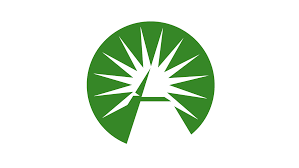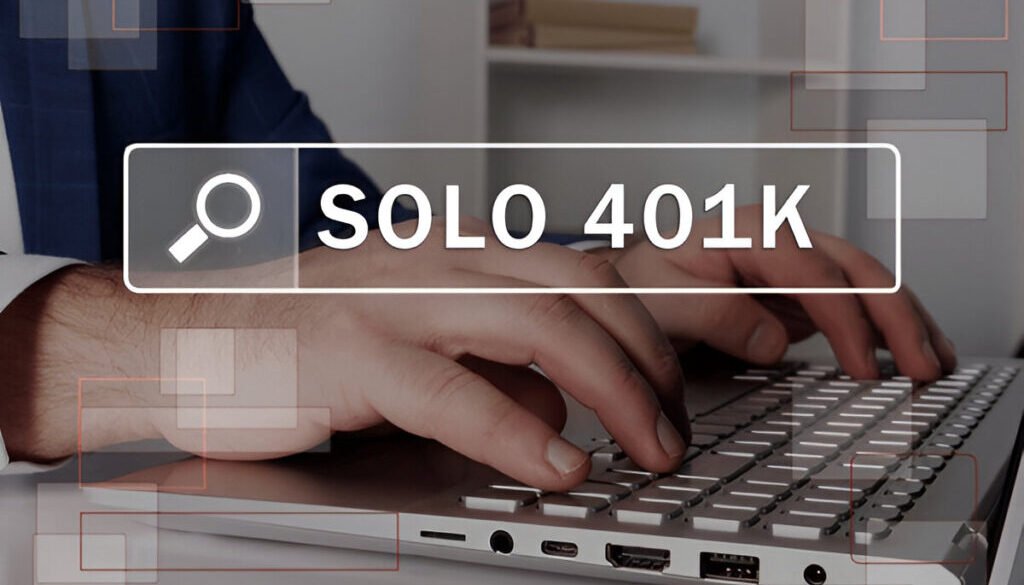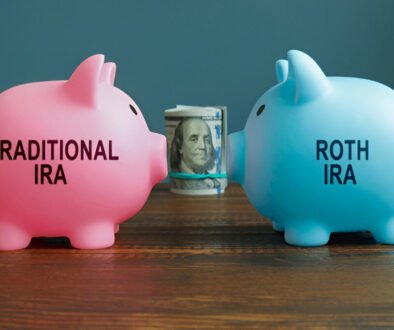How to Setup a Self-Directed 401(k) in 2025 Step-by-Step Guide
Learn how to setup a self-directed 401(k) in 2025 step-by-step. Take full control of your retirement by investing in real estate, gold, and more tax-advantaged and IRS-compliant.
A Solo 401(k) is one of the best retirement plans for self-employed people and small business owners in 2025. With high contribution limits and full investment control, you can grow your nest egg faster using both traditional and alternative assets.
What is a Self-Directed Solo 401(k)?
First things first, a self-directed solo 401(k), which is also known as just a solo 401(k), is an alternative to a regular 401(k). The main difference between a self-directed 401(k) and a regular 401(k) is that with a self-directed 401(k) you have much greater control over what types of assets that can be added into that account. In fact, you can select all of the assets that you would like to go into your 401(k) yourself. However, even though you select the assets that go into the plan, the plan administrator would still be the custodian, and that means that the plan administrator would buy, sell, and hold the assets on your behalf.
The biggest benefit of a self-directed 401(k) plan is that there is a much wider range of assets that can be put inside of a self-directed plan compared to a regular 401(k). So in other words, with a self-directed plan, you’re allowed to invest as you see fit and you do not have to be limited to the traditional assets that regular 401(k)s are limited to such as stocks and bonds. In fact, with a self-directed 401(k), you can invest in alternative investments such as foreign currency, tax liens, real estate, energy, precious metals, equipment leasing, commodities, cryptocurrency, and much more. Being able to invest in a wider array of assets can be highly beneficial for diversification purposes and many people also simply prefer to invest in alternative assets with their 401(k)s. So if you’re someone who likes investing in alternative assets, then a self-directed 401(k) could be a great option for you.
Who Can Set Up a Self-Directed Solo 401(k)?
Now let’s discuss who can set up a self-directed solo 401(k). Although self-directed solo 401(k)s are excellent retirement savings vehicles, there are actually strict requirements regarding who is allowed to have them. In fact, only self-employed business owners who do not have any employees are allowed to have solo 401(k)s. If your spouse helps you run your business, then this will not disqualify you from having a self-directed 401(k). You can also add your spouse to your solo 401(k) and make contributions for both of you if you would like.
Self-directed 401(k)s are a great option for solopreneurs, freelancers, contractors, and small business owners who either have no employees or who employ their spouses. In addition to not having other employees, your business has to generate income in order to have a self-directed 401(k). You see, the rules for who is allowed to have a self-directed 401(k) are much more strict than the rules for a self-directed IRA. Almost anyone can have a self-directed IRA; you just need earned income, a copy of a government-issued ID, and a credit or debit card to pay the account establishment fees. If you meet all the criteria, then you too can have a self-directed solo 401(k).
The Tax Benefits of a Self-Directed 401(k)
One of the main reasons why many solopreneurs choose to have self-directed 401(k)s is because they offer some astounding tax benefits. Just like with regular 401(k)s, self-directed 401(k)s come in both the traditional and the Roth version. Each option provides specific tax benefits, so let’s break them down.
- Traditional Self-Directed 401(k)s: They are funded with pre-tax dollars. This means that you will get a tax deduction for the amount that you contribute to your traditional self-directed 401(k) each year during your career that you make contributions. And this is a great benefit because it gives you an immediate tax break and helps to create more of an incentive to contribute a larger amount to your traditional self-directed 401(k) each year. Also, your account will grow tax-deferred. Eventually, when you retire and start pulling money out of your account, you will owe taxes on the funds in the account, including any earnings that have been generated by the investment.
- Roth Self-Directed 401(k)s: These provide their own tax benefits. With Roth SD 401(k)s, you can make contributions with after-tax money. That means you don’t get any tax benefits for your contributions during the year that you make them. However, your account will grow tax-free, and when you distribute money later on in retirement from those funds, all of those withdrawals will be tax-free withdrawals.
During your retirement, the tax benefits for Roth self-directed 401(k)s occur later compared to the tax benefits that occur for traditional self-directed 401(k)s. So if you’re going to go with one of these options, you will have to decide what is more important to you: get the tax benefits during your career or during your retirement. There is no wrong or right answer here, and the best option depends on your specific needs and your situation.
Contribution Limits
Besides the tax benefits, another great thing about self-directed 401(k)s is that they have higher contribution limits than many other types of retirement accounts. In fact, in 2025, the contribution limit for self-directed 401(k)s is $70,000. The reason why the contribution limit is so high is because the IRS allows you to make contributions both as an employee and as an employer.
- As an employee, you are able to contribute up to $23,500, with a catch-up contribution of $7,500 if you’re above the age of 50.
- But as the employer, you can make a contribution of 25% of your compensation on net self-employed income after deductions.
The massive contribution limits mean that you’re able to reap tax benefits on a much larger amount of money for solo 401(k)s compared to other retirement vehicles such as self-directed IRAs. As a comparison, for 2025 the contributions for self-directed IRAs is $70,000, or $8,000 if you’re above the age of 50. Here’s the importance though: solo 401(k)s. Many self-employed people are completely unaware that solo 401(k)s even exist, let alone the fact that they have some of the greatest tax benefits of any retirement plan. And for this reason, if you’re someone who is self-employed, you absolutely need to understand how incredible solo 401(k)s are.
An Example of Tax Savings
Let’s take a look at an example. Steve is a self-employed lawyer who has a taxable income of $300,000 per year after deductions. He does not employ any other people in his business except for himself. Because of this, he’s eligible to have a solo 401(k), and because of the high contribution limits, Steve’s able to contribute $70,000 to a solo 401(k). Steve has a traditional solo 401(k) as opposed to a Roth solo 401(k). This means that he’s able to deduct the full $70,000 that he contributes to his Solo 401(k) from his taxable income of $300,000.
$300,000 – $70,000 = $230,000
So by using the Solo 401(k), Steve reduced his taxable income from $300,000 down to $230,000. That translates to significant tax savings.
Are There Any Downsides to Solo 401(k)s?
Because solo 401(k)s are slightly more complex than other retirement accounts, they can be a little bit more complicated to set up. Also, there’s a little bit more of an administrative fee to get these accounts established because they have higher complexity. Now of course, if you’ll be choosing which assets you place into your solo 401(k), there’s also the risk that you could choose the wrong investments and your account does not perform as well as you would like. However, for many people, the enormous tax benefits of these retirement accounts are going to far outweigh any potential cons, especially knowing that you can invest in real estate through your solo 401(k).
how to setup a self-directed 401(k)
How to Open a Solo 401(k)?
If you do decide that you would like to move forward with a solo 401(k) and you want to set up one of these accounts, then the first step is to find a financial institution that offers these types of accounts. You see, many different well-known companies offer solo 401(k)s. For example, all of the following financial institutions have solo 401(k) options:


- Rocket Dollar
- Ubiquity
- And most popular, Vanguard

And there’s many more, so there is no shortage of options. After you find a few solo 401(k) plans that interest you, you should compare their features, including their fee structures, the assets that can be included and non-included. Make sure that that particular solo 401(k) plan that you’re thinking about investing in includes all the assets that you would like to have invested in it. Once you decide on a particular plan, you can create the account and start funding it. To officially set up the account, you’re going to need a few things.
- The first is your Employee Identification Number (EIN), which is a federal tax implication number that is used to identify your business entity.
- The next thing you will need is a plan adoption agreement.
- And finally, you’ll need an application to get your solo 401(k) account up and running.
You will need to have all three of these things to provide to your custodian or to your trustee. If you are approved, then you’ll be able to start adding funds and assets into your 401(k) right away.
The Bottom Line
The solo 401(k)s are really great retirement plan vehicle options, but they’re for self-employed individuals. So if you fall into this category, I highly recommend that you consider looking into these retirement account strategies as well as determining who is going to be your custodian.
Okay guys, that’s all I got for today’s video. If you want to work with my team, there’s a link in the description to book a tax strategy consultation to see how much we can save you. I’ve also included some other helpful links, so check those out as well. Thank you so much for watching this video and I look forward to seeing you on the next one. Cheers.




How to open a Roth IRA in 5 easy steps - GWI
August 3, 2025 @ 8:20 pm
[…] traditional IRAs, Roth IRAs have no required minimum distributions (RMDs), allowing your money to continue growing […]
Roth IRA vs 401k for self-employed individuals - GWI
August 4, 2025 @ 5:55 am
[…] 401(k) is basically free money – if your employer offers a […]